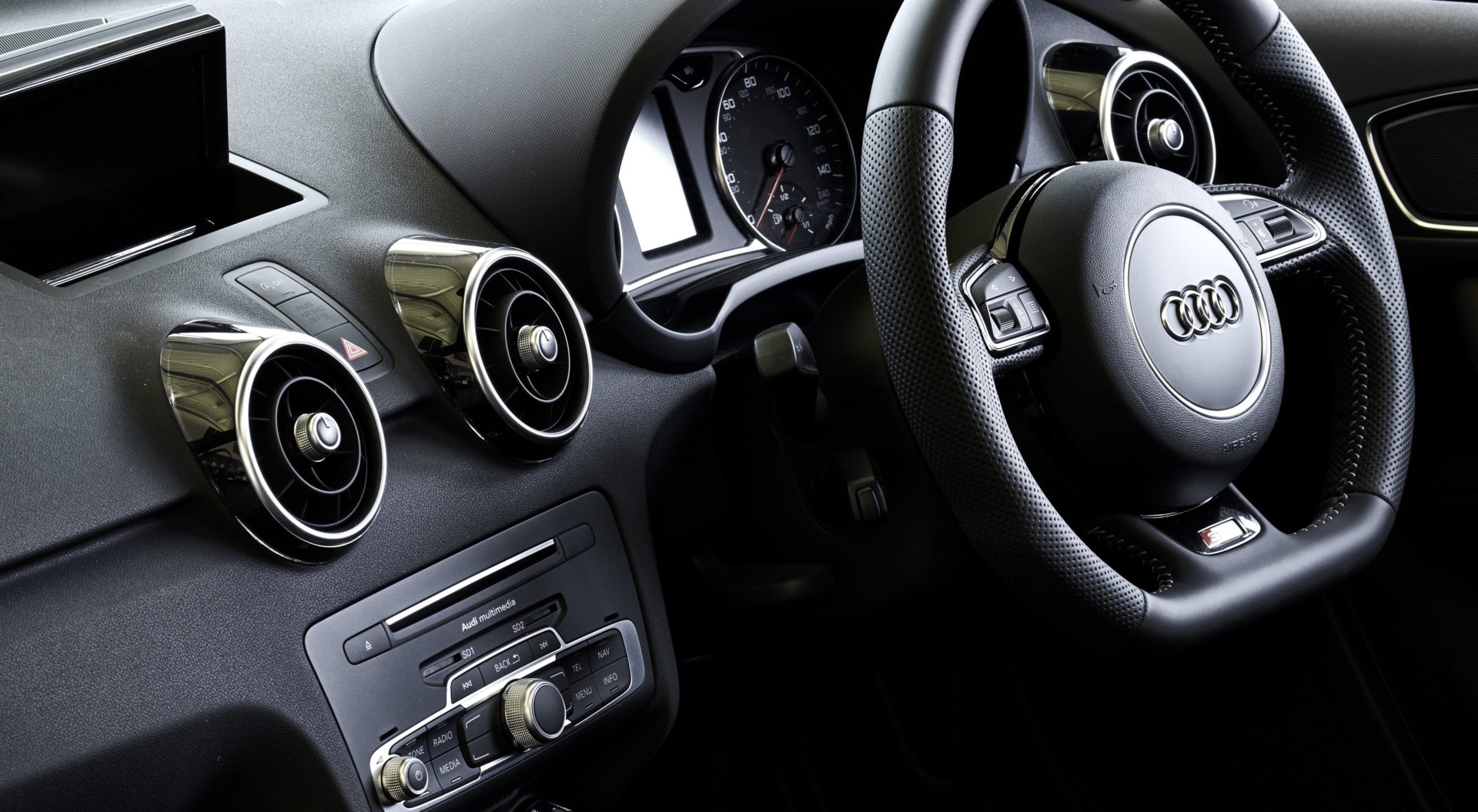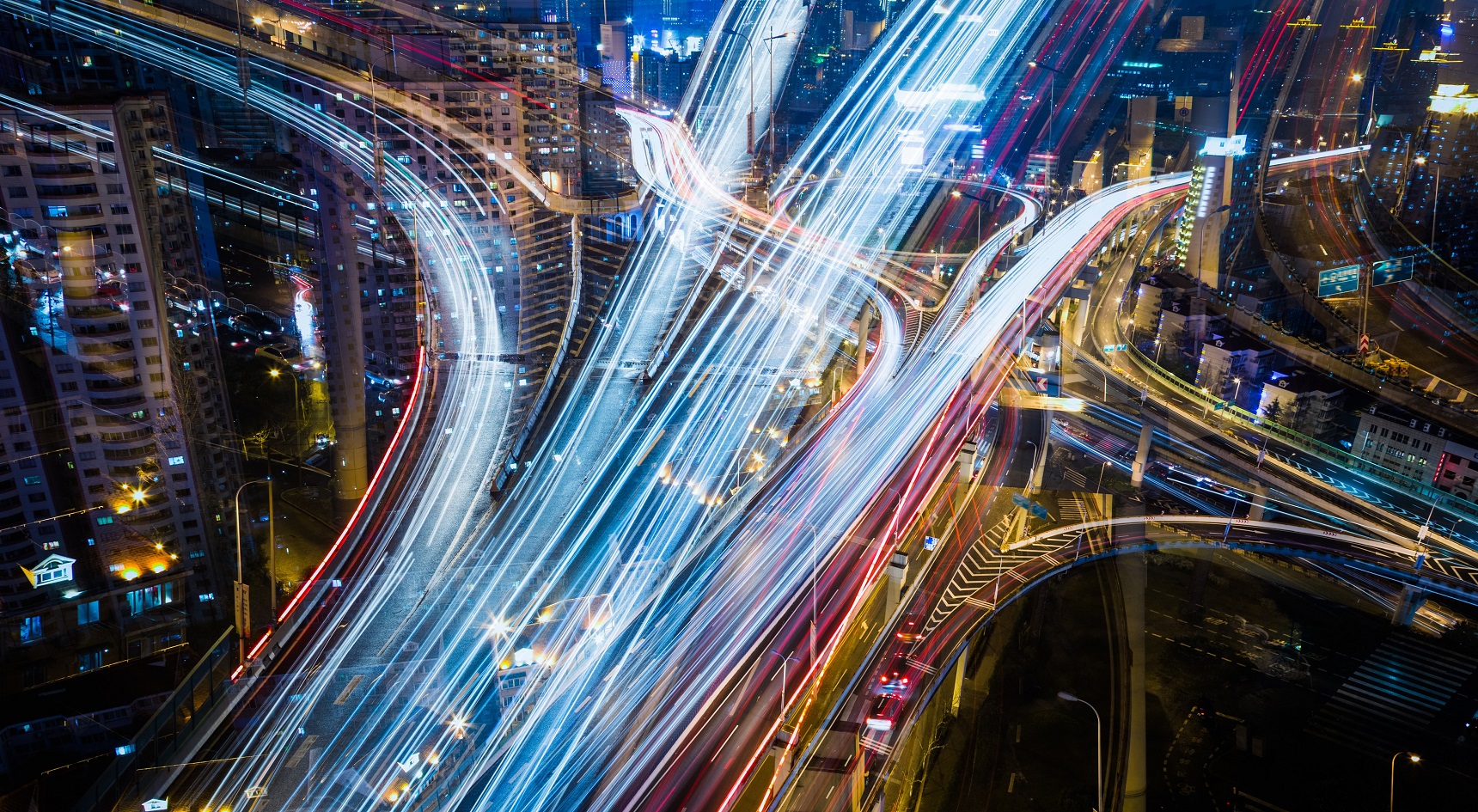The dangers of disconnected driving
 In the first half of 2020 alone, South Australian roads claimed 50 lives. This simple statistic begs a larger question: do we think we’re safer behind the wheel than we actually are?
When you’re driving, what’s on your mind? Perhaps it’s emails lurking in your inbox at the office, or maybe you’re more concerned about what’s in the fridge for dinner back at home.
Chances are, you’re not paying enough attention to the masses of metal whizzing past at 10, 20, even 30 metres per second, or the cyclist perched precariously next to you at the traffic lights.
In fact, it’s alarmingly easy to jump in the car and arrive at your destination without much thought at all.
But inattention isn’t the only issue. Countless drivers – through alcohol and drug use, as well as excessive speed – regularly put themselves and others in extremely dangerous situations on the road, with the mindset that if they don’t get caught, they’ll be fine.
With a shocking 114 fatalities and 833 serious injuries on SA roads last year, statistics prove otherwise.
So why do we seem to think we’re invincible behind the wheel?
In the first half of 2020 alone, South Australian roads claimed 50 lives. This simple statistic begs a larger question: do we think we’re safer behind the wheel than we actually are?
When you’re driving, what’s on your mind? Perhaps it’s emails lurking in your inbox at the office, or maybe you’re more concerned about what’s in the fridge for dinner back at home.
Chances are, you’re not paying enough attention to the masses of metal whizzing past at 10, 20, even 30 metres per second, or the cyclist perched precariously next to you at the traffic lights.
In fact, it’s alarmingly easy to jump in the car and arrive at your destination without much thought at all.
But inattention isn’t the only issue. Countless drivers – through alcohol and drug use, as well as excessive speed – regularly put themselves and others in extremely dangerous situations on the road, with the mindset that if they don’t get caught, they’ll be fine.
With a shocking 114 fatalities and 833 serious injuries on SA roads last year, statistics prove otherwise.
So why do we seem to think we’re invincible behind the wheel?
False security
Perhaps the most obvious place to start looking for answers is within the car cabin. From air con and power windows to audio-visual advancements, creature comforts have come a long way since the dawn of the automotive age, but could they be lulling us into a false sense of security on the road? RAA Future Mobility Expert Mark Borlace thinks it could be possible.
Modern cars are full of driver aids. Most are helpful, but some can be distracting. Image: iStock.
Autopilot: on
Driving is one of the most complicated tasks a human can perform. It relies on rapid-fire reactions as well as perception, hearing, cognitive function, memory, insight, judgement, motor function and muscle power. It’s incredible that such intricate processes are performed by many of us on a daily basis. Despite being such a complex task, the act of driving is second nature to many. Behind the wheel, we repeat the same basic driving tasks countless times. After years on the road, our actions become semiautomated – we barely realise how many critical decisions we make each second.
Driving is one of the most complicated tasks a human can perform. Image: iStock
Think you’ve got a good attention span?
We challenge you to try psychologist Daniel Simons’ selective attention test below.Dehumanisation
When driving, our brains are so overloaded with stimuli that thoughts of our own (and others’) safety often recede to the subconscious. In fact, according to a study by Professor Narelle Haworth, Director of the Centre of Accident Research and Road Safety in Queensland, one of the most common errors we make when driving is forgetting that other road users are actually people with their own families, friends, jobs and feelings. Results from the study, focussing predominantly on cyclists, found nearly half of car drivers don’t see cyclists as completely human, with a link between the dehumanisation of bike riders and acts of deliberate aggression towards them on the road. These findings don’t just apply to cyclists though. When we’re trying to get to a specific destination at a specific time, our focus can be so intense that we completely dehumanise all other road users. In these instances, other cars on the road can seem like faceless obstacles rather than carriers of lives.
Alarmingly, results from a study found nearly half of car drivers don’t see cyclists as completely human. Image: iStock.
Over and underestimation
Research also shows that, on the road, we believe we have more control than we actually do. This can be explained by renowned psychologist Ellen Langer’s Illusion of Control theory: people overestimate their ability to control events and feel a sense of (false) control over outcomes they don’t influence. When we begin driving, we subconsciously learn how to predict the actions of other motorists, the elements and our own vehicles. Unfortunately, we’re often wrong, misjudging a wide range of variables. According to Mr Mountain, one aspect of driving that motorists constantly misjudge is stopping distance, especially in wet weather. “On a dry road, if you need to stop in an emergency when traveling at 60km/h, it’ll take about 42m to come to a halt due to reaction times and braking distance. On a wet road, this increases to about 56m – that’s more than the length of an Olympic swimming pool,” he explains.
People often misjudge braking distance, especially in the rain. Image: iStock

